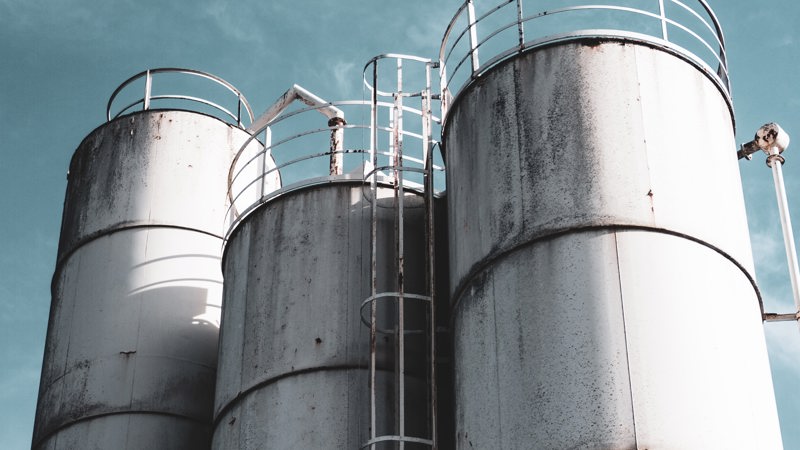
The move to climate neutral heating is imminent and the current supply disruptions will further complicate gas market dynamics.
Clear political signals for the exit of fossil fuels in the heating sector
The coalition contract of the new German traffic light coalition between Social Democrats (SPD), Greens (Bündnis 90/Die Grünen) and Liberals (FDP) provides clear targets regarding the use of renewable energies in the heating sector. For example, by 1 January 2025, every newly installed heating system needs to be operated from at least 65 percent renewable energies, and the target for 2030 is 50 percent climate-neutral heat generation.
The Austrian government program of Conservatives (ÖVP) and Greens (Grüne) mentions a ban on gas boilers/new connections from 2025 onwards and the end of an expansion of gas networks for room heating supply, with exemptions made for densification within existing networks. Austria is also planning to have 100% renewable energy carriers in the heating sector by 2049.
Current gas disruption has given new momentum to gas phase-out efforts and the EU is now planning to drastically reduce its dependency from a single gas supplier. Therefore, energy diversification from a number of carriers has become increasingly important.
Impacting gas networks through heating sector redesign
The switch to a climate-neutral heating supply will impact existing gas distribution networks. Although it cannot yet be said to what degree, they are likely to lose importance. There are some very controversial political discussions around this at present.
While some maintain that greener, more climate friendly gases, like synthetic hydrogen and methane, will continue to play an important role in the heating sector, others call for a complete withdrawal from all sorts of gas as energy for heating supplies. The latter would make large parts of the gas distribution infrastructure obsolete.
Mitigating stranded investment risks
In future, an increasing number of gas distribution network operators will be facing the impacts of a complete withdrawal, or at least, in parts of their supply area. The risk of stranded investment costs, to any degree, then makes existing infrastructure vulnerable to becoming obsolete before having been earned back completely.
Therefore, the question is how stranded investment risks are treated under the current regulatory framework. If network parts that have not (yet) been fully depreciated are dismantled or decommissioned due to regulatory requirements, what is going to happen with the remaining net book values?
It is important to keep in mind that a certain level of investments will still be required even in a theoretical “full exit” scenario, i.e. to ensure supply security, or technical safety, until the full exit has been effected.
Regulation provides a toolbox to alleviate this problem
There are several instruments available to regulators to deal with stranded investment risks. Depending on the specific circumstances and on the type of regulatory system, their effectiveness may vary between the single countries. In general, the following instruments can be distinguished according to their impact:
- Impact through costs of capital – Here, stranded investment risks can be addressed by adjusting the regulatory depreciation rules, the regulatory interest rate or the determination of the regulatory fixed assets.
- Impact through operating costs – By adjusting the reimbursement of operating costs (e.g. for regulatory parameters such as the X-factors or for operating cost factors), additional costs resulting from the decommissioning of network connections can be taken into account.
- Impact through outputs – The gas network operator can actively help design the transformation of the energy system by additionally adjusting the regulation to specific output parameters (e.g. consideration of environment aspects, CO2 reduction requirements).
When it comes to designing an appropriate regulatory approach, keeping social impacts in full view is of the utmost importance. If gas heaters are substituted by other energy carriers, this means that the number of gas network customers left to finance the network costs will decrease in the medium to long term.
Therefore, in order to prevent remaining gas network customers from being overburdened, adoptions to the regulatory framework should be made as early as possible. This is of special importance if the remaining customers have a very low income and cannot afford changing the heating technology due to the high level of initial investments needed.
Rapid reaction to ensure fair burden-sharing
Political decarbonisation efforts increase the risk of stranded investments among gas distribution network operators. The risk exposure will increase over time – with negative consequences for customers, companies and finally governments that would possibly need to intervene as the last resort.
Therefore, this problem should be addressed soon. Experience from discussions in other countries like the Netherlands shows that now is the time to evaluate possible solutions and turn them into practice.
Any regulatory adjustment, however, should take into account that both technical and political framework conditions may change in future. Therefore, a sufficient degree of flexibility is required to be make sure that new regulatory developments are taken into account. Mitigating the oncoming obstacles of a lock-in effect and having a broad range of bespoke solutions instead of a "one-size-fits-all" solution.





